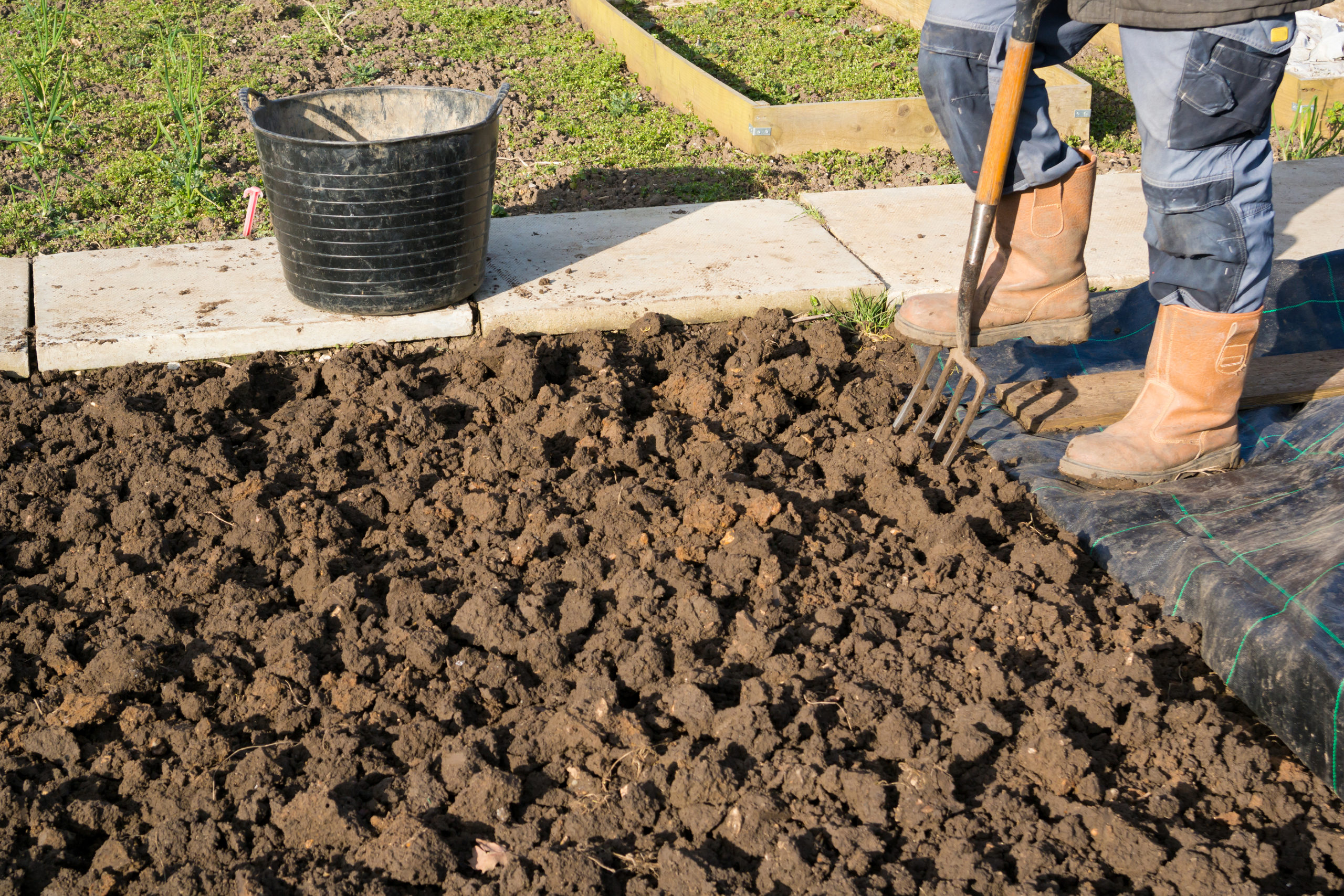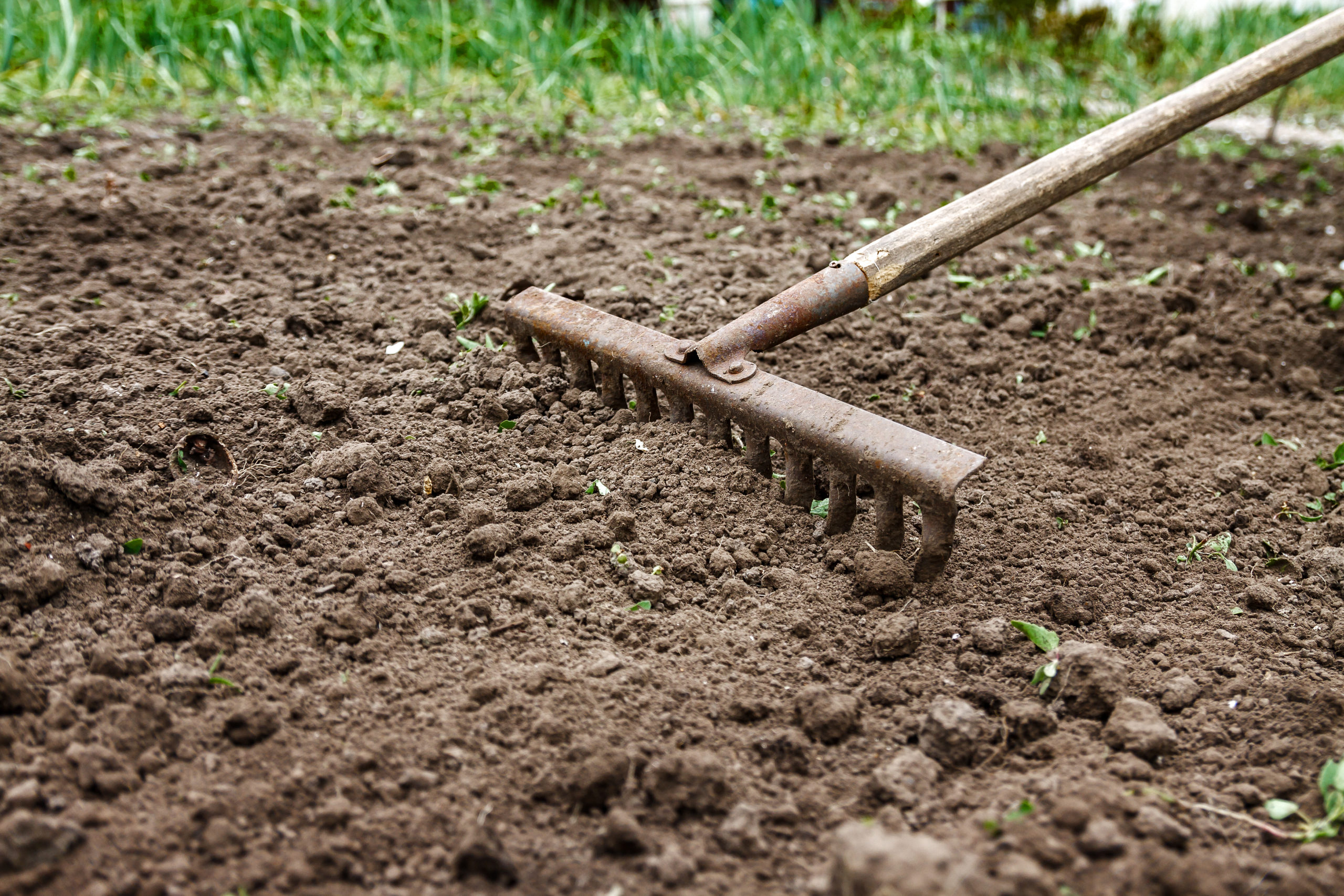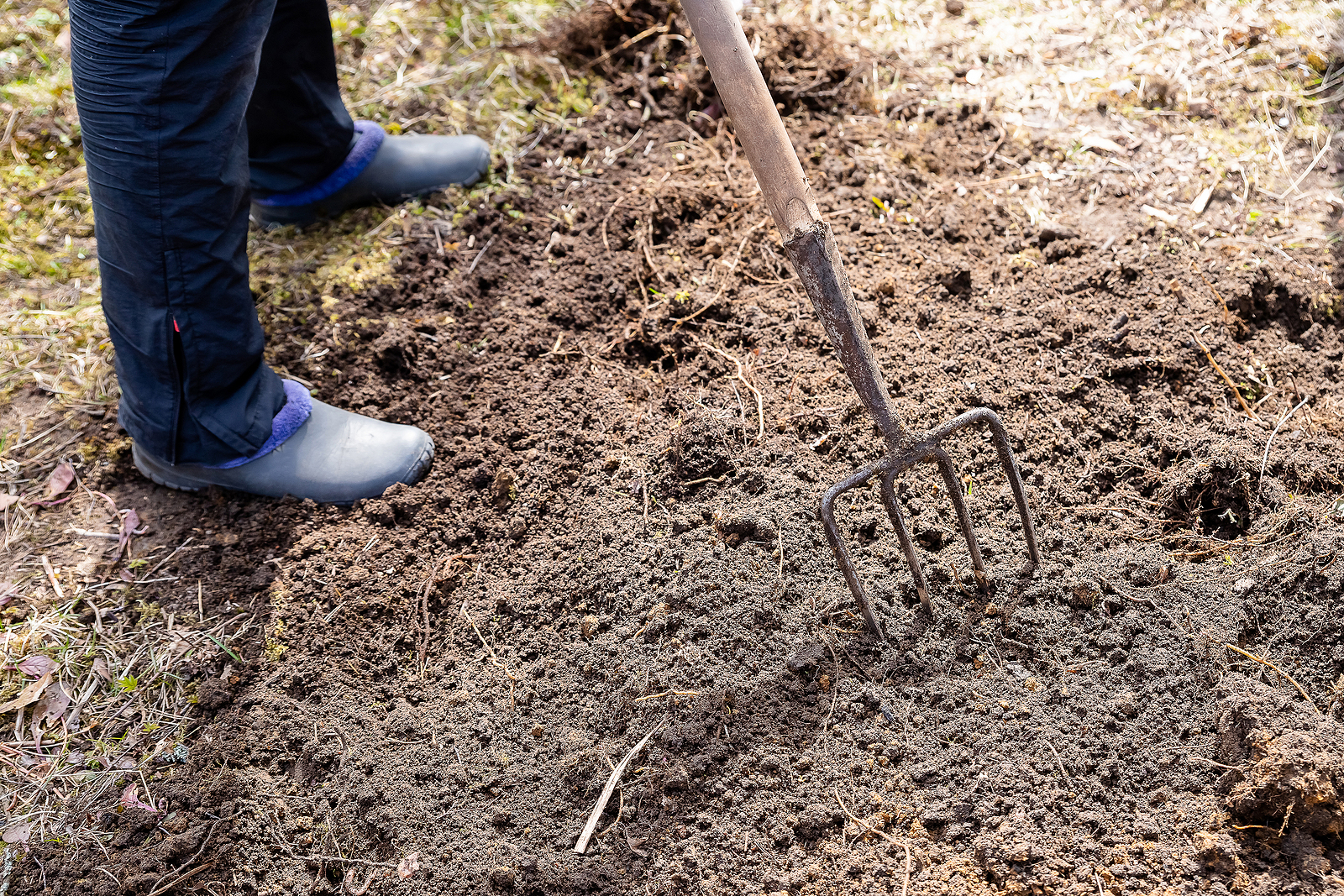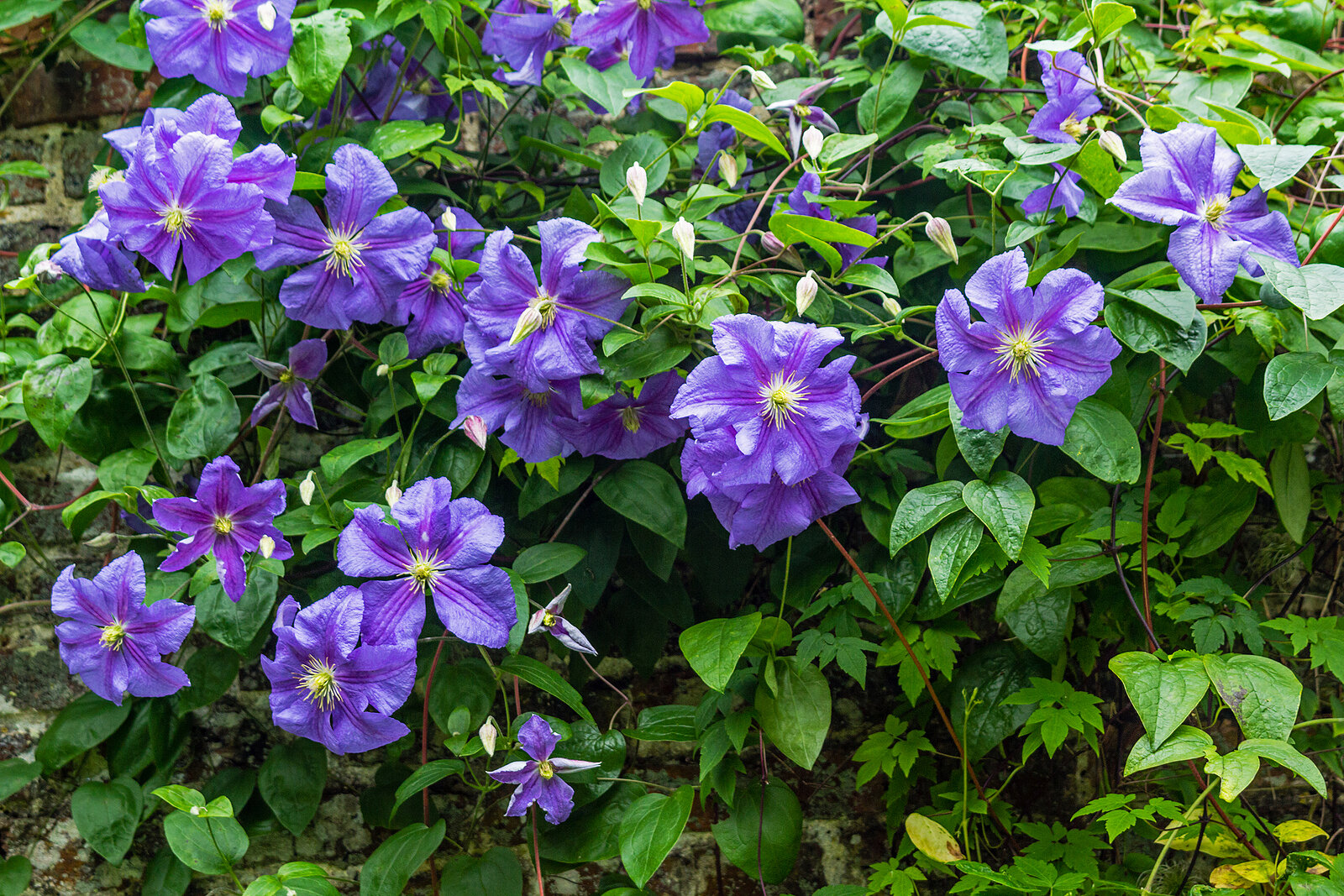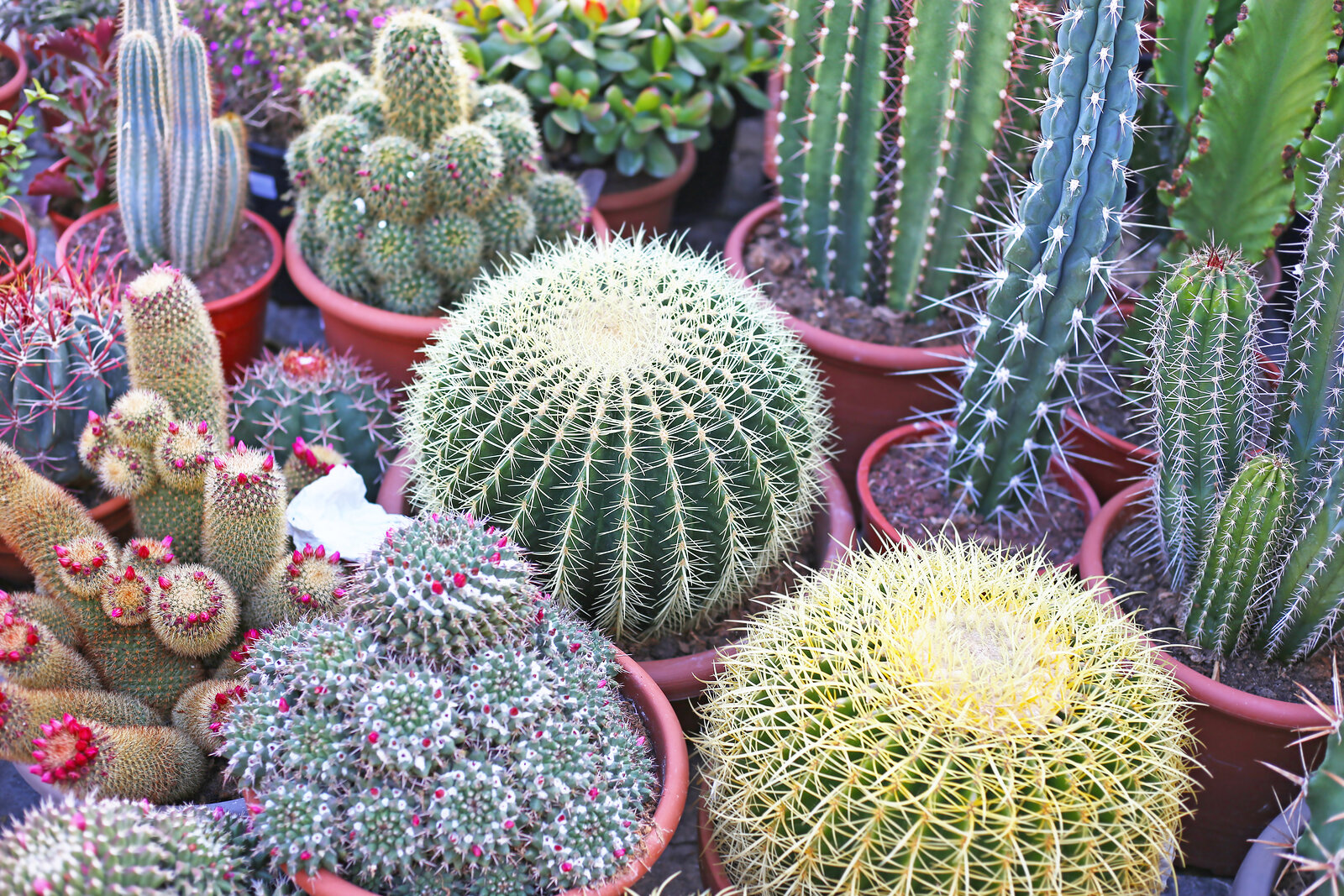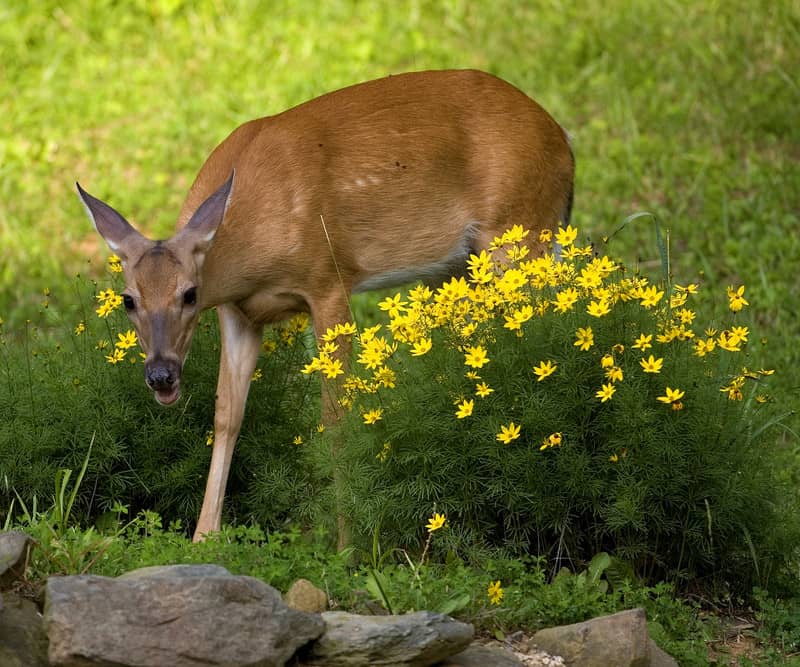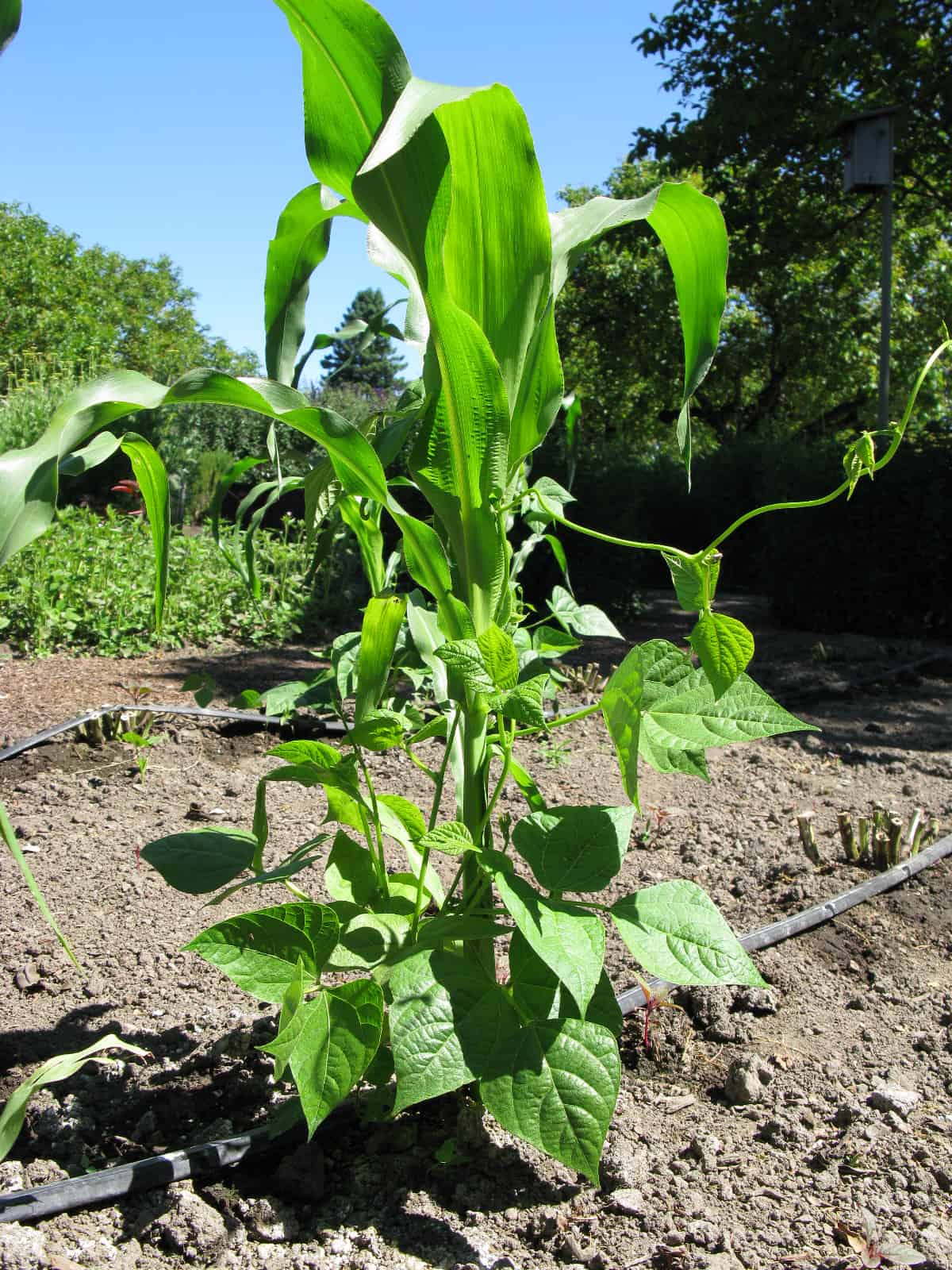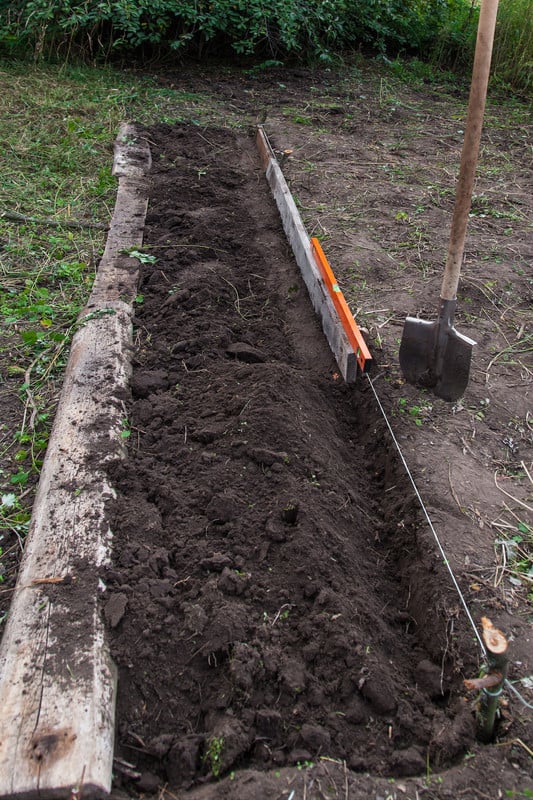Tilling, Digging, and Forking the Vegetable Garden
Once you have decided on a site for your vegetable garden and know what kind of soil you are working with and what amendments can make it better, it will be time to work the soil, to prepare for planting. Digging and tilling are not necessary for fertile well-structured soils. Good soils can be lightly […] More

